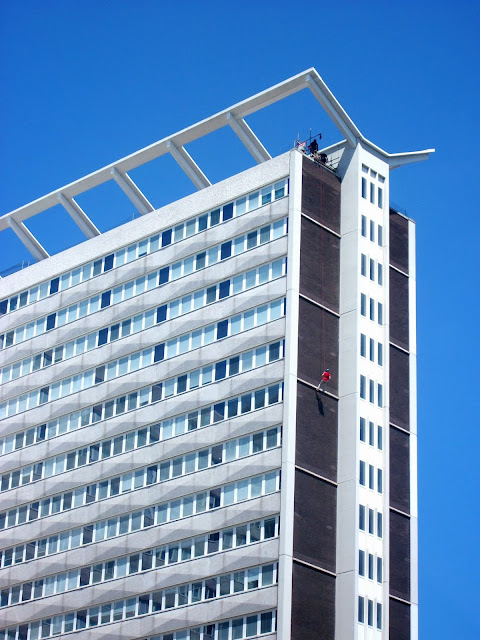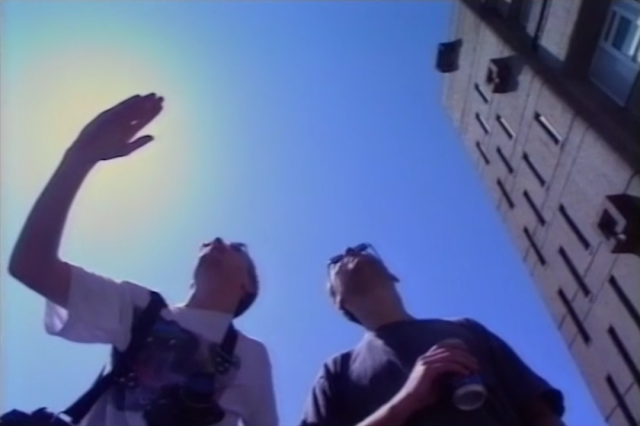Absent friends
At 6:10 am on
Wednesday 9th November a tram travelling from New Addington emerged
from the stretch of old railway tunnel towards Sandilands. This was a busy commuter tram
heading into central Croydon, and passengers noticed it was travelling unusually
fast for a part of the journey that usually required some careful handling
round a tight bend. When the tram emerged from the tunnel the wheels were unable to stay
on the tracks, and it derailed on the sharp turn. The two carriages fell heavily onto their
right side.
The scene of the
crash was, by all accounts, devastating, with the effects of so much flying
glass and the violent movement of the carriages felt by each of those
passengers. Rescue efforts took hours, and people were trapped in horrific
situations, surrounded and in some cases buried beneath the bodies of the
injured and the dead. 51 people were taken to hospital, eight with serious or
life-threatening injuries. And seven people died.
The dead were five
people from the housing estate of New Addington: Dane Chinnery, 19, Philip
Logan, 52, Philip Seary, 57, Dorota Rynkiewicz, 35, and Robert Huxley, 63; and
two from Croydon: Mark Smith, 35 and Donald Collett, 62.
New Addington
tends not to make the news headlines unless something terrible happens, such as
the murder of Tia Sharp in 2012. Because of its location, on a hill seven miles
from central Croydon, it is easy for the rest of the world to ignore.
Ironically, the trams had been one of the success stories for the estate,
connecting it to the rest of the borough since 2000 and cutting the
interminable bus journey time in half. Over 20,000 people live here, a
tight-knit and largely working class community where people do genuinely look
out for others. People here have learned to be self-supporting, because since
the construction of the estate in the mid-twentieth century the needs and
wishes of the population have been largely ignored by prosperous, middle class
Croydon Council.
For the relatives
and families of those who died in the tram crash, this will have been a
dreadful Christmas, and the New Year celebrations will seem a rather hopeless
irrelevance. For the injured, their lives will never be the same again, marked
by the scars of the crash or the things they saw and experienced. For the
rescue teams too it will live long in the memory. And for Alfred Dorris, the driver, regardless of the
investigation, there will fall guilt of an unimaginable scale.
One of my brothers used to play football with one of the men who died.
My sister-in-law knows the mother of another. For many of us from the estate,
or Croydon more generally, seeing people marked as safe on social media will
have been a huge relief. For a relatively small, interconnected place like New
Addington everyone will have a line linking them to the crash, to the dead and
the injured. Some people will have been the most incredible support, others
completely paralysed with shock. Those lines of connection, like the steel
rails, will last long and be travelled many times.
People may react with anger and bitterness, kindness and love. There is,
of course, no right way to react to such a shocking event. All we can hope for
is, as with any death of a loved one, that the memories of the good things –
the friendship, love, laughter and sheer normality of before – at some point
overtake the memories of the bad. Every journey we take on the trams now feels
like an observance, whether we commute every day or just use it to take us on a
rare visit to Ikea.
On New Year's Eve we should raise a glass to absent friends, and the love
and bravery it takes for their loved ones to carry on in the face of terrible
events. The living and the dead of the crash, your friends and family, our
thoughts are with you.










Lovely piece, John.
ReplyDelete